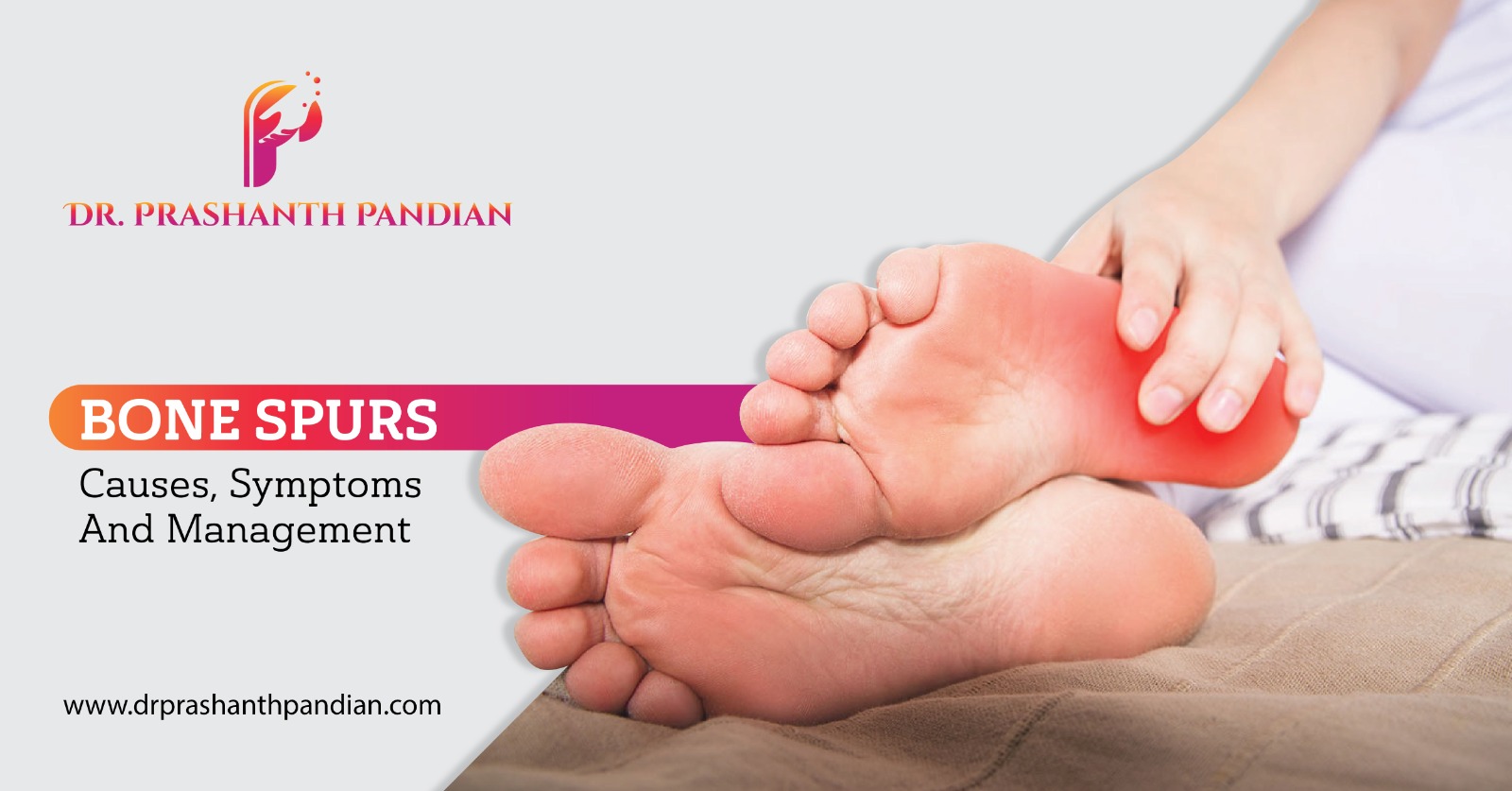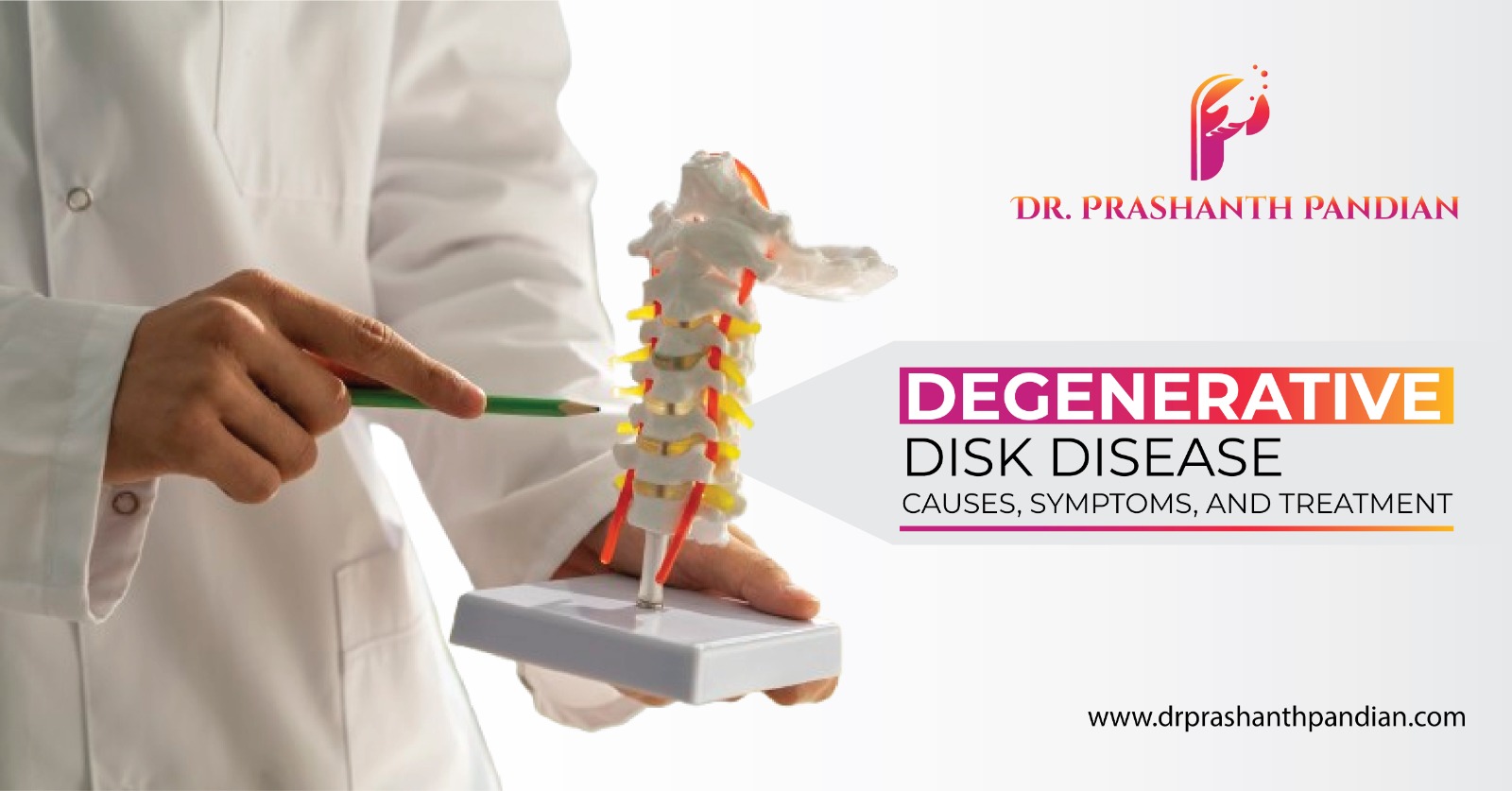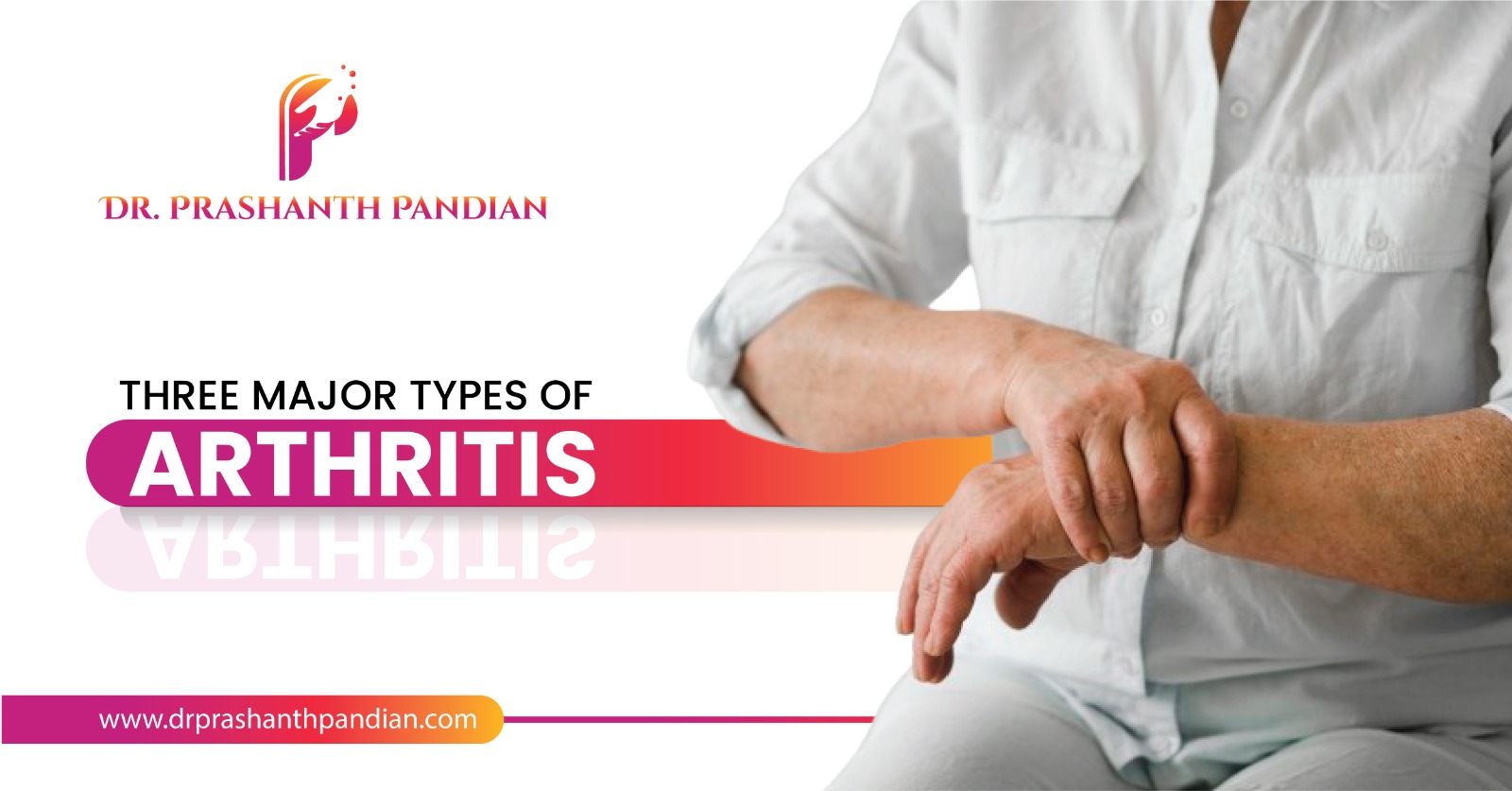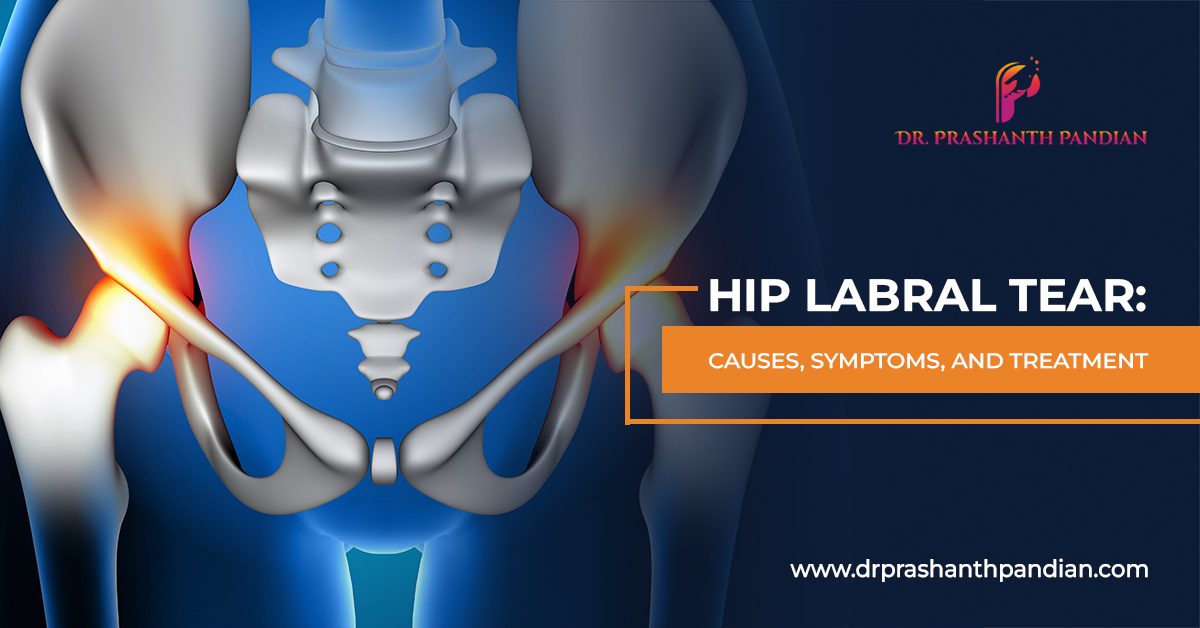Bone spurs, also known as osteophytes, are bony growths that develop along the edges of bones, commonly occurring at joints. They are often associated with osteoarthritis, the most prevalent form of arthritis, which leads to joint damage and the breakdown of cartilage.
Symptoms of bone spurs vary depending on their location. While they may not always cause noticeable symptoms, they can lead to pain and loss of motion in affected joints. For instance, bone spurs in the knee can cause pain during leg extension and flexion, while those in the spine can narrow the space around the spinal cord, potentially resulting in weakness or numbness in the arms or legs.
It’s important to seek medical attention if you experience joint pain, swelling, difficulty moving a joint, or weakness or loss of feeling in the limbs.
Osteoarthritis is the primary cause of bone spurs, as the body attempts to repair damaged cartilage by forming these growths near affected joints. Individuals with arthritis are at a higher risk of developing bone spurs.
Diagnosis of bone spurs typically involves a physical examination by a healthcare professional, who may palpate the joint to identify pain points. Imaging tests such as X-rays, CT scans, or MRI scans may also be utilized to visualize the joints and bones.
Treatment options for bone spurs aim to alleviate pain and improve joint function. Medications such as acetaminophen, ibuprofen, or naproxen sodium may be recommended to manage pain. Physical therapy can help strengthen muscles surrounding the joints and increase flexibility, thereby reducing pain and enhancing mobility.
In cases where conservative measures fail to provide relief, surgical intervention may be necessary. Surgery for bone spurs may involve removing the growths or replacing the affected joint, depending on the severity of symptoms and limitations in joint movement.
Additionally, lifestyle modifications such as weight loss, particularly for individuals with osteoarthritis of the hips or knees, can help alleviate bone spur-related pain. Regular exercise, including activities like walking, biking, and swimming, can aid in weight management and strengthen muscles around the joints, further contributing to pain reduction and improved joint function.




